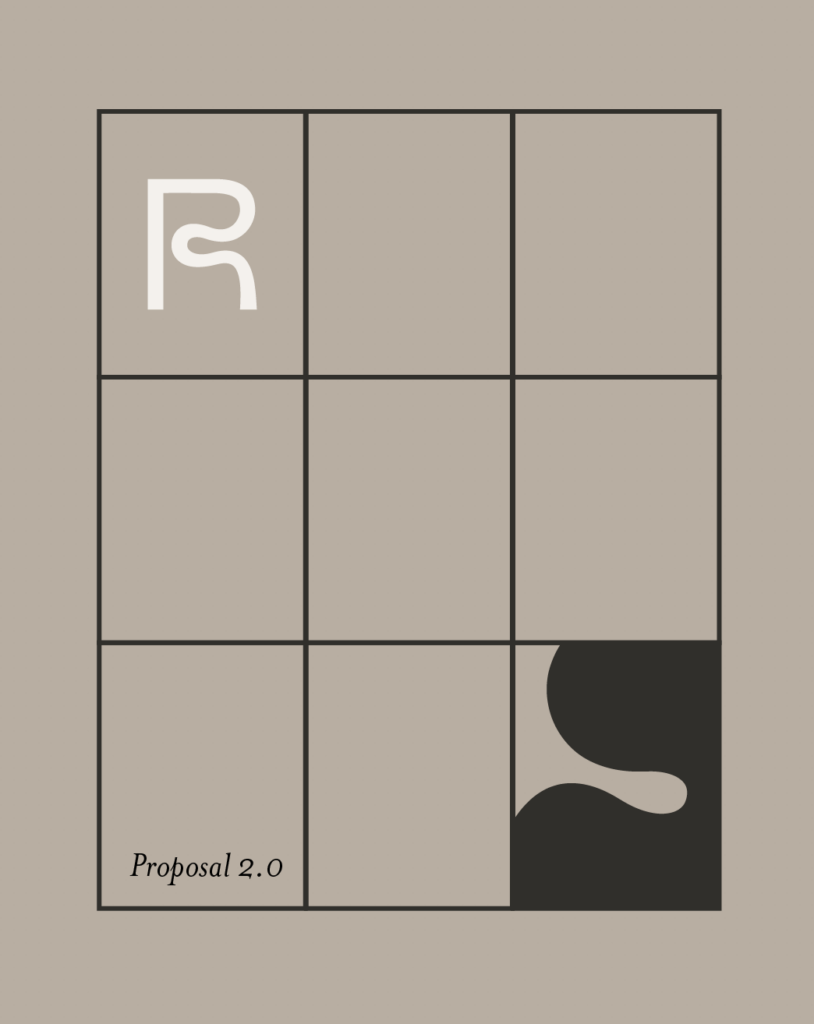Lecture notes
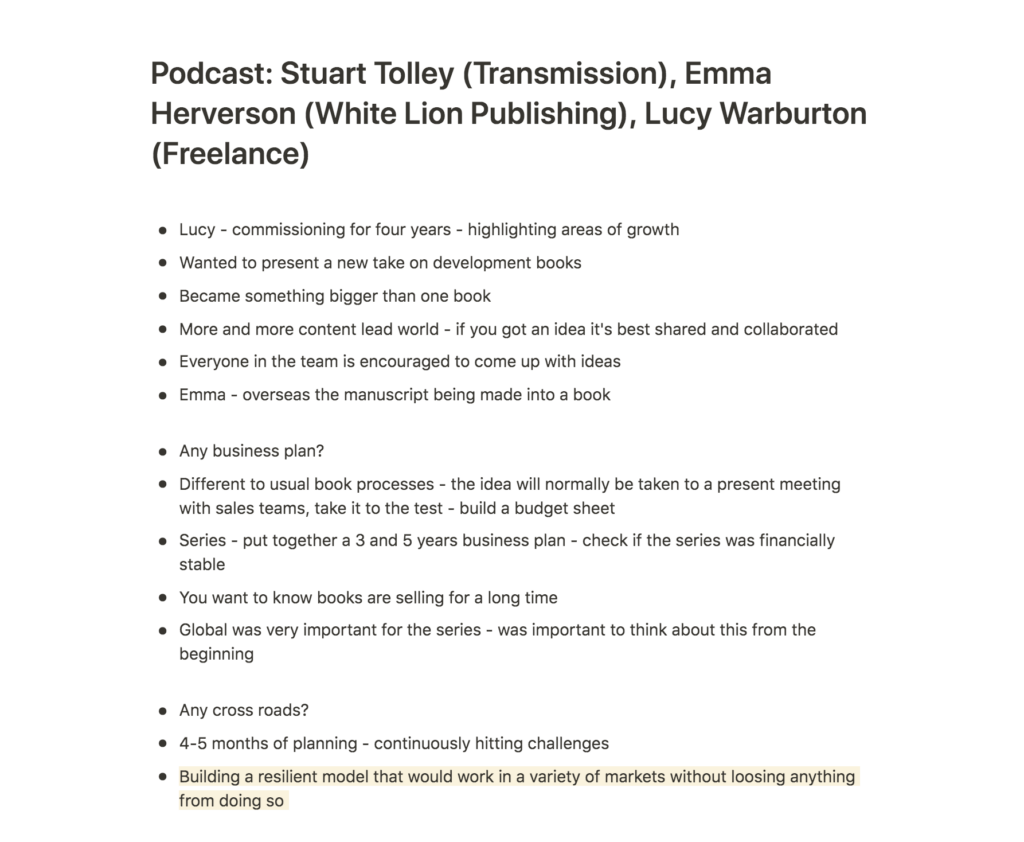
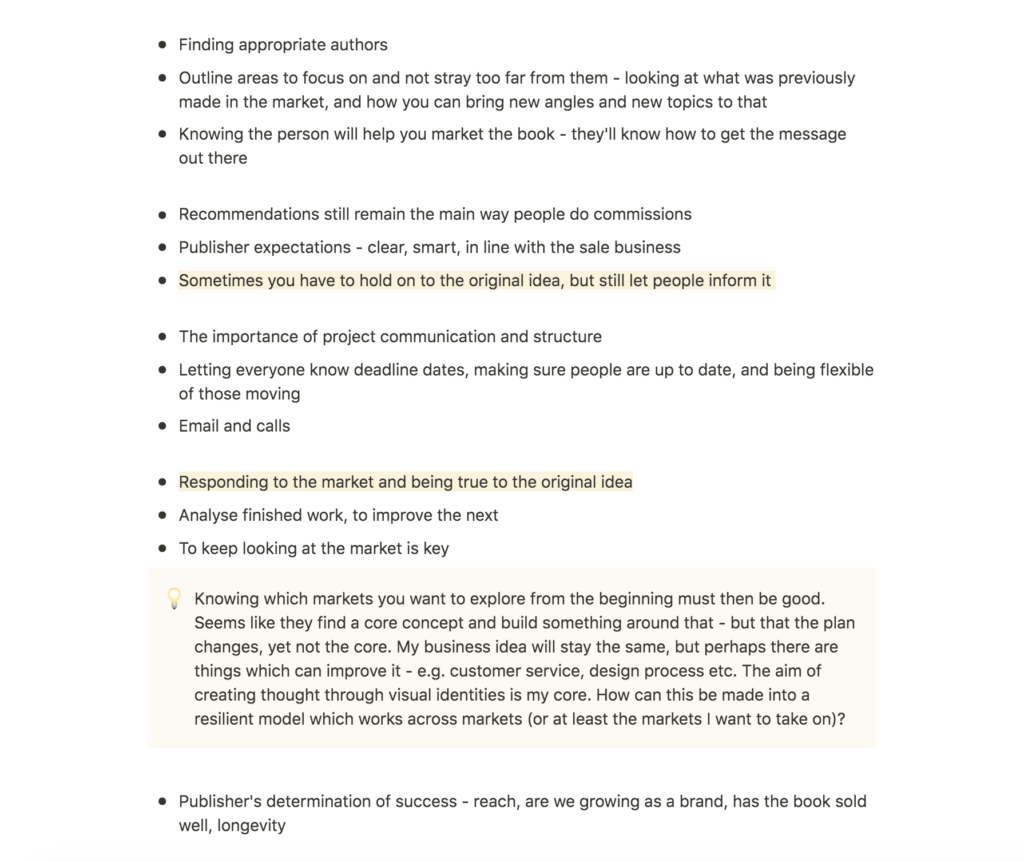
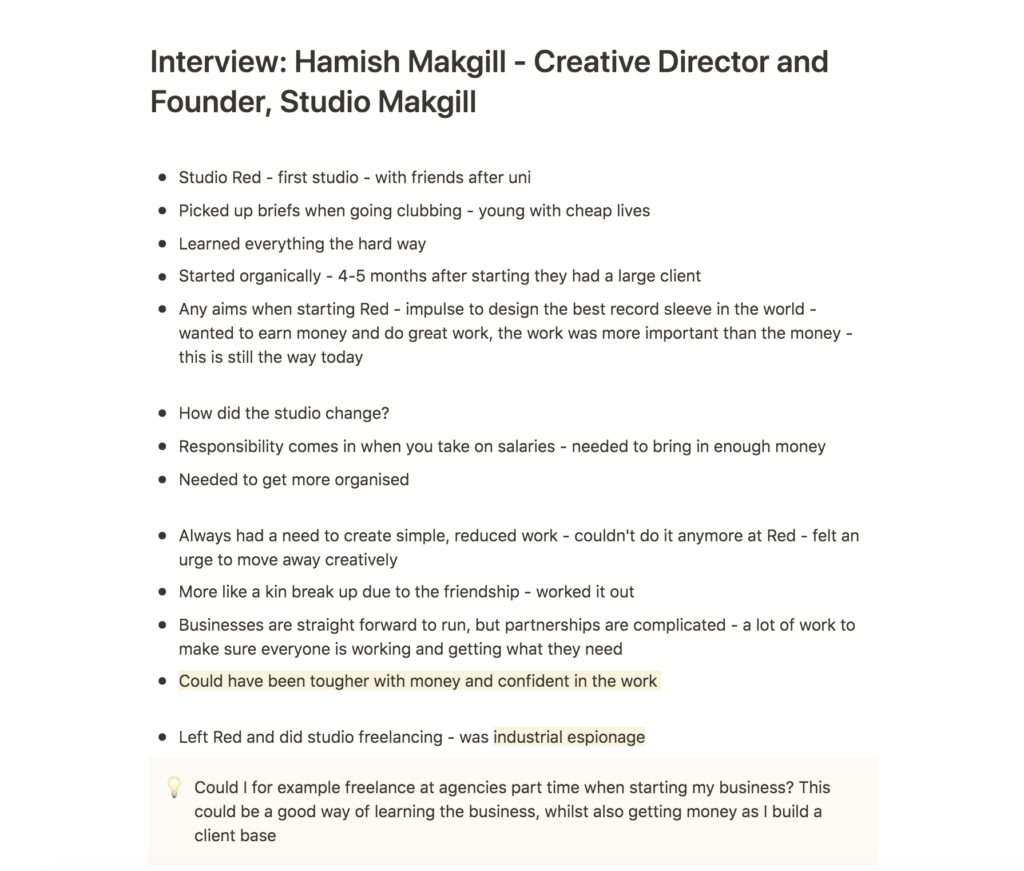
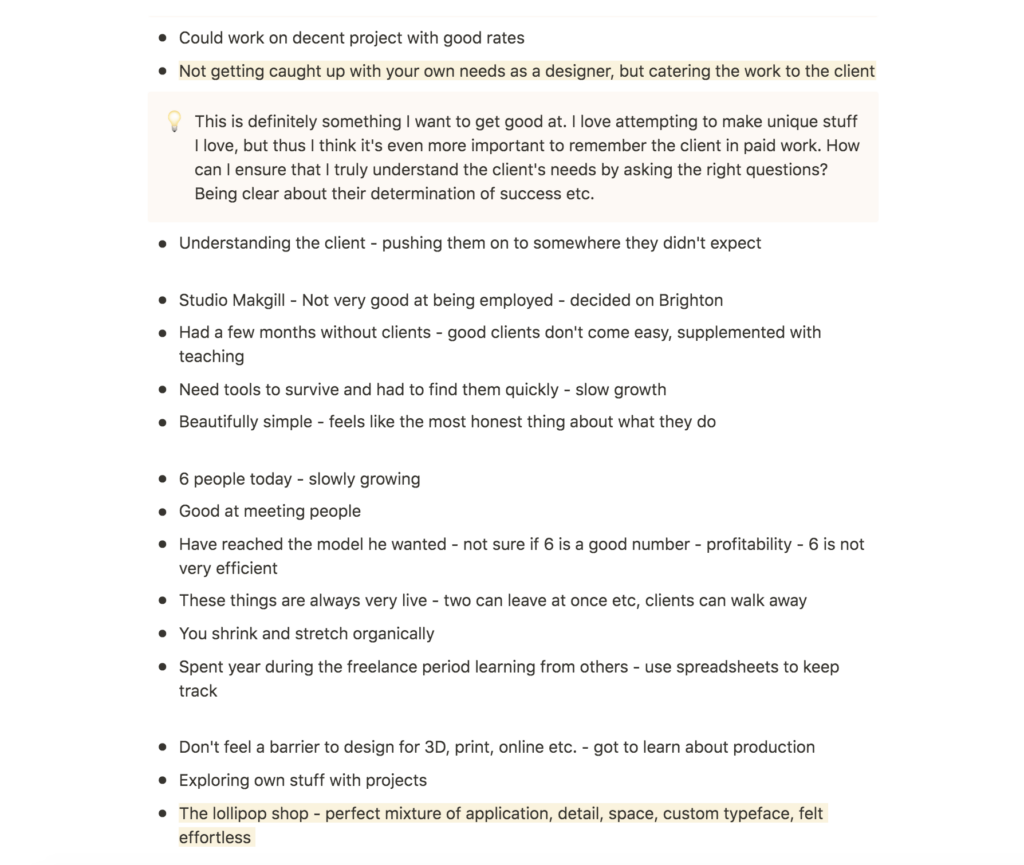
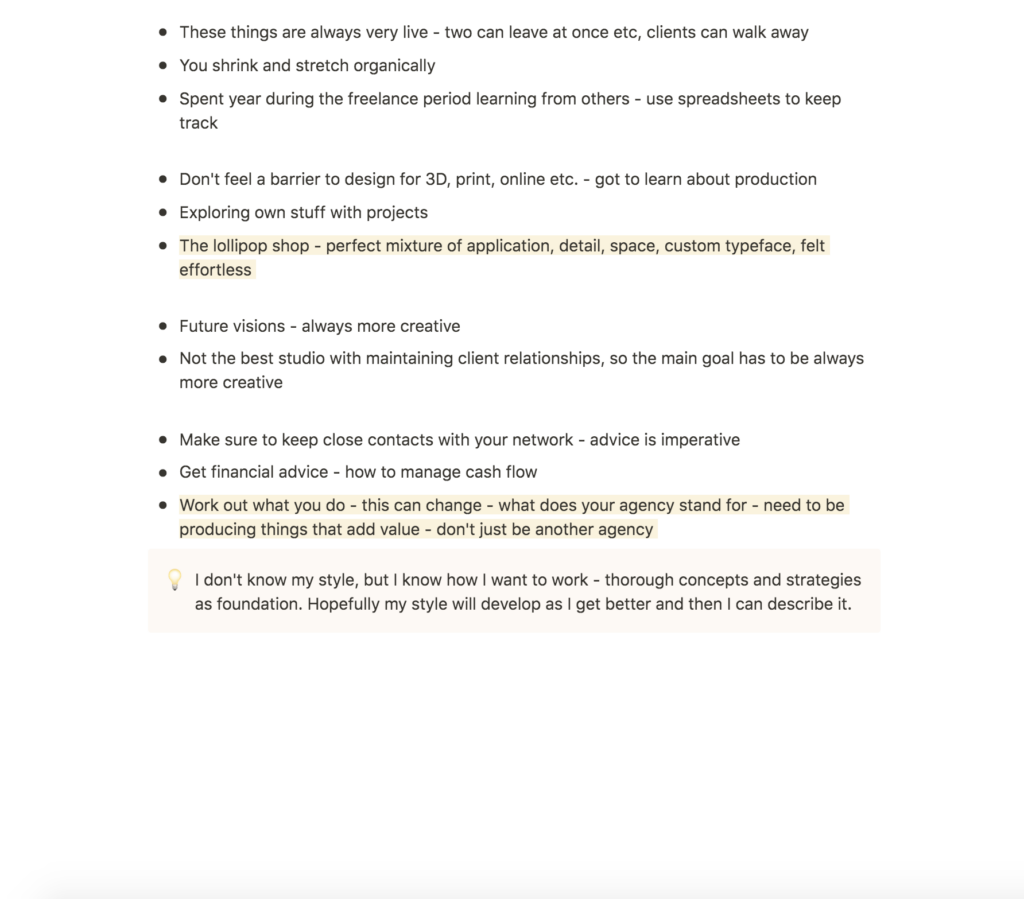
Lecture reflections
Stuart Tolley, Emma Herverson & Lucy Warburton

The podcast on Quarto Publishing was a nice introduction to the pragmatic aspects of business plans. Through the discussions, I got the impression that I should come up with a core concept for my business, which I should stay true to (Stuart Tolley, Emma Herverson, and Lucy Warburton, 2021). However, as I move on to develop the business, I also need to respond to the market and be open to others’ insights (Stuart Tolley, Emma Herverson, and Lucy Warburton, 2021).
Following on from the podcast, I think it will be important to build a resilient model which will work across markets (Stuart Tolley, Emma Herverson, and Lucy Warburton, 2021). By looking at market trends and forecasts, I hope to be able to do so (Stuart Tolley, Emma Herverson, and Lucy Warburton, 2021).
Hamish Makgill: Creative Director and Founder of Studio Makgill
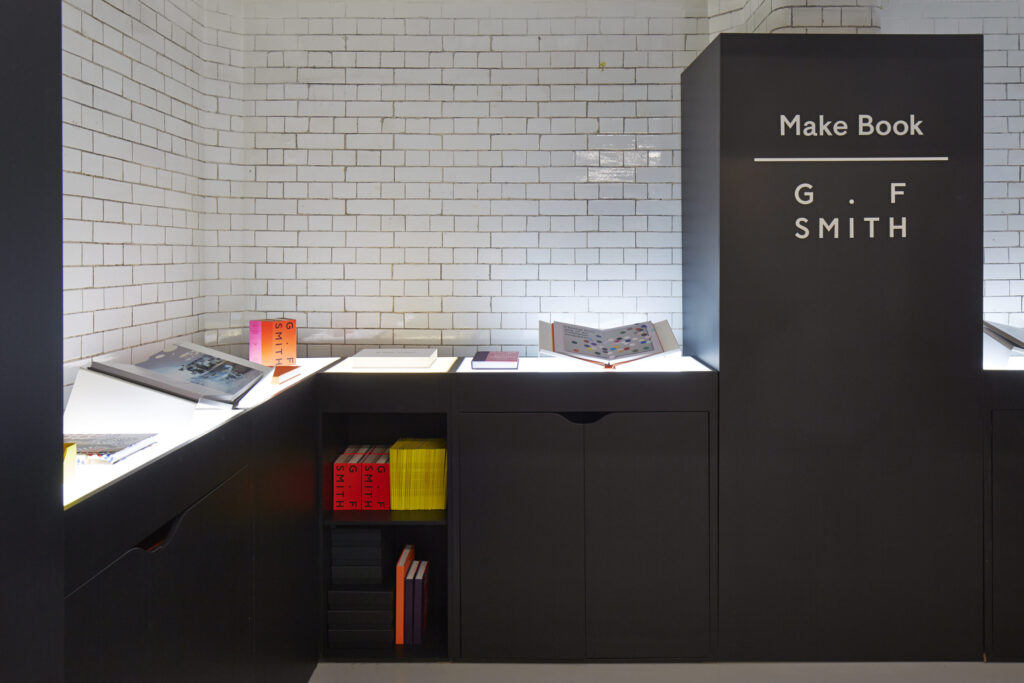
Makgill’s mentioning of “industrial espionage” made me wonder if I could potentially make this part of my business plan (Stuart Tolley and Hamish Makgill, 2021). Starting out, my studio would probably need some time to get a decent set of returning clients, and so I think freelancing at other studios in the beginning would give me both financial security and knowledge on how to run my own studio.
I also think Makgill’s point of not getting caught up in one’s own needs as a designer was a good reminder (Stuart Tolley and Hamish Makgill, 2021). I personally have a tendency to follow my own likes and preferences when I design, but if I am to work for clients, I think it will be important to learn the skill of designing for others. The industrial espionage would definitely be a good way to learn this. However, I also think I could become better at it by asking questions and establishing what the client’s determination of a successful project would be.
As my concept is to create meaningful and thought through work, understanding the meaning behind the client’s brand seems vital, and I think this will be an important factor when it comes to retaining clients.
Resource notes

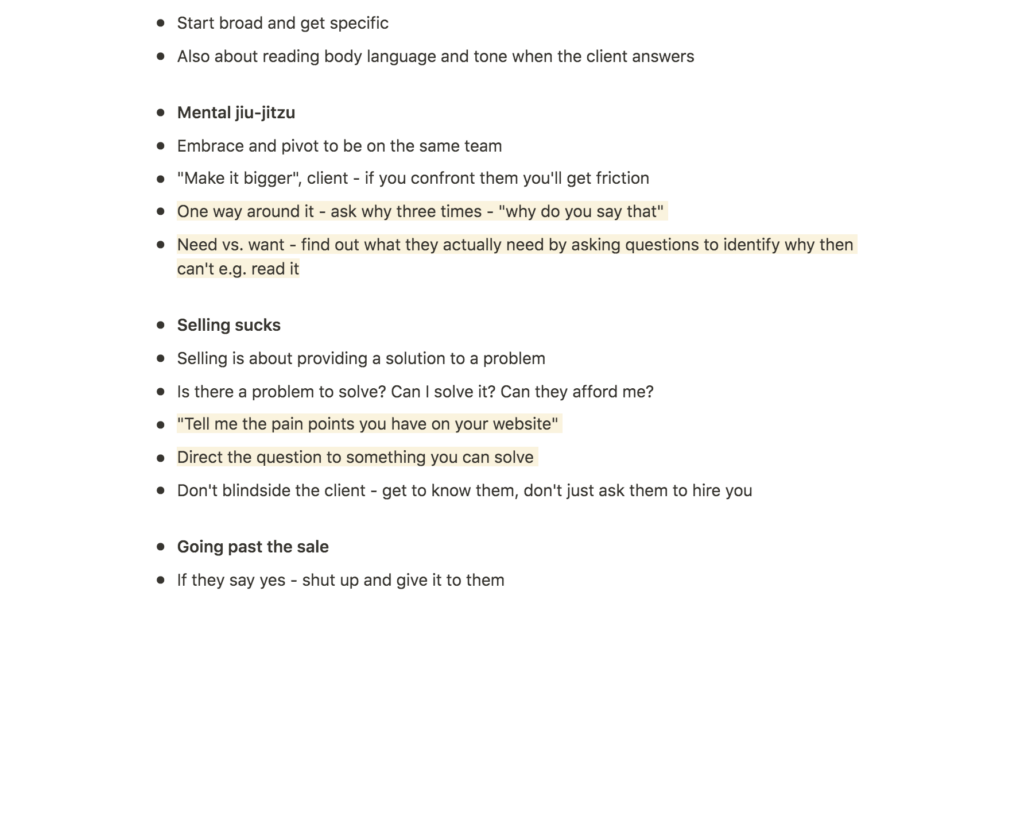
Resource reflections
I have really enjoyed the Chris Do videos this module, as Do manages to explain human relationships in a very easy manner. This week, Do gave great advice on communication when it comes to investigating the true need of a client (The Futur, 2021).
I particularly found Do’s point on need vs. want interesting (The Futur, 2021). As I (hopefully) go on to work with clients in the future, I hope to practice this skill, as it will most likely lead to better and more tasteful design. Clients might not know the best solution, but the fact that they have a problem with something is important. Thus asking the right questions in order to get to the bottom of the real issue seems vital.
Further research
AIGA: Business Planning by Shel Perkins
As my business plan will be design related, I thought it could be a good idea to look to AIGA for a business plan guide. I suspect that certain aspects of a creative business will differ from other more standard business types, and thus, Perkins’ guide seems great, as it takes design aspects into account.
Workshop challenge
For my final business plan, I wanted to continue on from week 1, 2 and 3 where I worked on a hypothetical one-woman design studio. This meant that I had information on pricing, budgets, IP, elevator pitch and a designer’s bio. Although I ended up altering this slightly for my final document, the main elements were taken from the previous week’s tasks.
Establishing a structure
As mentioned in my further research, I decided to use Perkins’ guide as my business plan foundation. However, this guide was not client facing, as was stated in our workshop challenge brief. After talking to Paul in a tutorial this week, I therefore decided to create a hypothetical brief of which I would develop a proposal for.
I got the idea of creating a project for a client who is opening a cafe concept. The cafe will be a space for eating and drinking, but the client also wants to sell their own coffee, tee and snacks. They are targeting young creatives and will also be hosting events for the local music and art scene in Oslo. The café therefore also acts as a small gallery and music venue.
The client wants a proposal for:
- Naming
- Logo and visual identity system
- Environmental design (in collaboration with their interior design team)
- Packaging design for their coffee, tee and snacks, which can be expanded as they take on a broader range of products
- Menues, price signs and other collateral
- Poster templates for their events
- Social media templates
Based on my client proposal from week 2, I started writing my business plan proposal. However, as I was writing, I started to feel as if the business strategy aspects of the business plan didn’t fit anywhere. I decided to reach out on the ideas wall, and got an interesting insight from Richard who suggested I could create two parts, where the second one would act as a strategy document. This idea felt very suitable to my project and I therefore went along with this.
Making the structure my own
When I had my 2 part plan figured out, I started including and dividing parts of Perkins’ guide into my client section and strategy section. Some parts didn’t feel relevant for my document and I therefore decided to remove them in order to make space for the more important sections. As I was writing I finally landed on a structure which I thought made sense to my studio:
- Introduction
- Part 1: Client faced proposal
Explaining the studio’s values, who they are, their structure and their way of working through projects - Part 2: Business strategy
Market trends and audience
Client strategy (goals, marketing plan and sales journey)
Financial strategy (goals, financial plan and pricing)
By using this structure, I was able to communicate how I would communicate with clients through language and visuals, but also the overall structure of the client journey, who my clients are and the strategy works (financial plan).
After developing my final structure, I also realised that using a specific brief felt unnecessary. By creating a general RFI, I was able to introduce my studio and who they are, whilst also building a document that could be supplemented to in order to create client specific RFPs.
Market trends and audience
In her business plan guide, Perkins suggests to include research on market trends, in order to reveal potential business possibilities, and wether or not there is a demand for your particular business (Shel Perkins, 2005). I had briefly looked at audience potentials during week 2, but Perkins’ suggestion seemed like a more thorough way of establishing a client audience, and so I decided to follow her advice. Through a variety of market reports and blog posts I managed to outline four main markets for my studio: creative industries, green innovation, experiences, and the food and beverage industry. These also felt in line with my provided services. For more information on this, please read the final business plan document.
Sales and marketing
Perkins also discusses how a business plan should include a marketing activities plan, as well as a client development structure (Shel Perkins, 2005). Focusing on how to reach my client goals, I therefore used Perkins’ guide to develop a marketing plan and a client journey for my business.
Tone of voice
Since my studio will have a one-woman structure, I thought it could be a good idea to focus on personality in my tone of voice, particularly in my bio. The studio’s identity should be a reflection of me, and so should the tone of voice in my client facing material. Even though the proposal should be professional, I thought the writing should have a friendly and personal feel to it, and so I decided to try and write in a tone that was a balance of the two.
In order to maintain this tone of voice, I mapped 4 descriptive tone of voice words:
- Light
- Friendly
- Energetic
- Professional
Document draft
As mentioned, I used the work from week 1, 2 and 3 to supplement my business plan document, and after following the process above, I ended up with my first draft:
Visual process
Unfortunately, I didn’t have as much time as I would have liked to develop the business plan design. I therefore didn’t get to sketch much, and so I decided to rework my visual experimentations from week two. As advised on the ideas wall then, I experimented with using the shapes of the R in other illustrations. I initially wanted to make unique illustrations playing on swirly lines. Unfortunately I didn’t get enough time to do this.
The original concept behind the R was to represent my fascination with dualities, and particularly that between fluidity and function. In order to take this concept further, I decided to incorporate a fluid serif typeface in subheadings. Orange and blue are colours I find myself coming back to all the time in my work, and I therefore thought it could be nice to use them for details.
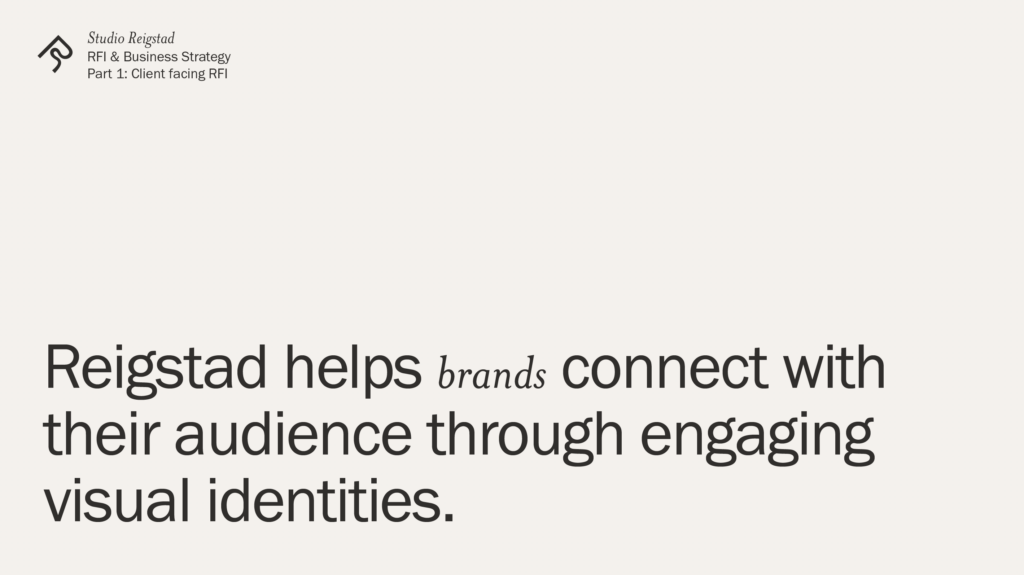
As suggested by Paul during week 2, I ended up using my custom R as a symbol, rather than part of my studio name. This worked much better on smaller scales and also let me play with the twisted leg in a variety of ways.
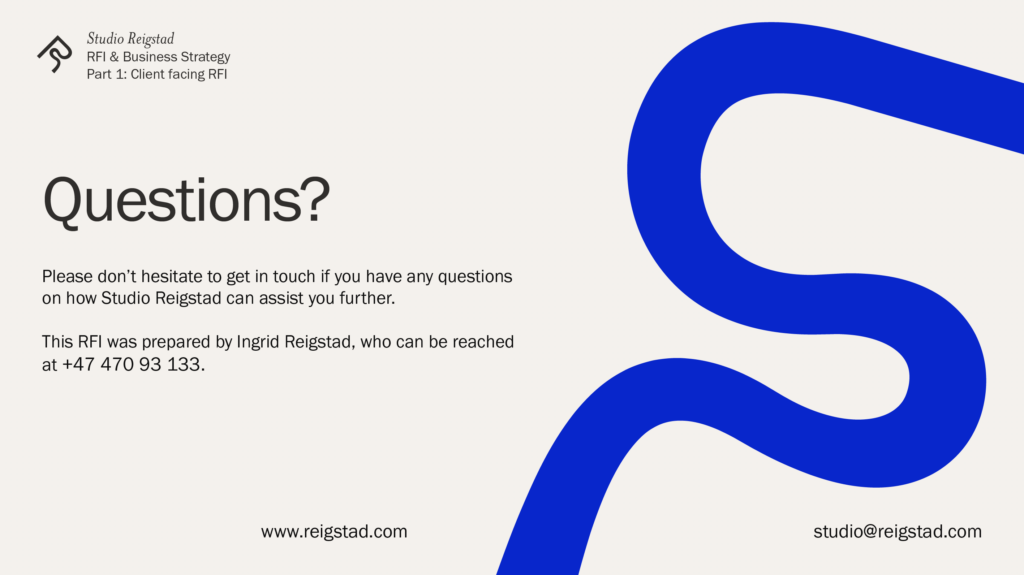
As section 1 is intended as a client facing document, this is where I chose to experiment the most with visuals. Unfortunately I don’t have many photographs of myself in a professional setting, but as I experimented with the balance of fluidity and function in my layout, the visuals started to feel like me.
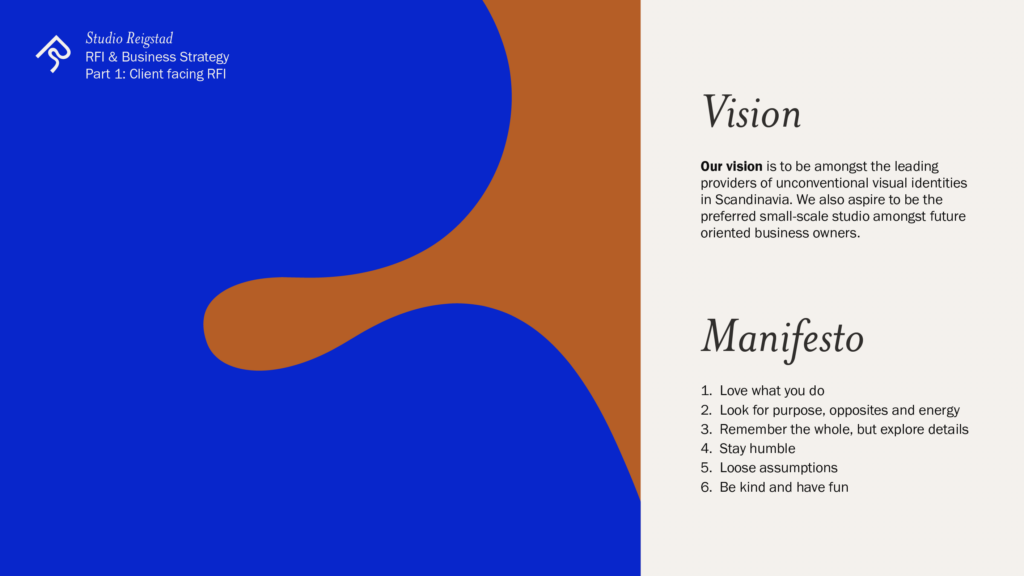
Since this is a hypothetical business, my portfolio projects are also hypothetical. However, I wanted to use visuals that I had actually made, and I therefore decided to use previous university projects, and pretend as if they were for real clients.
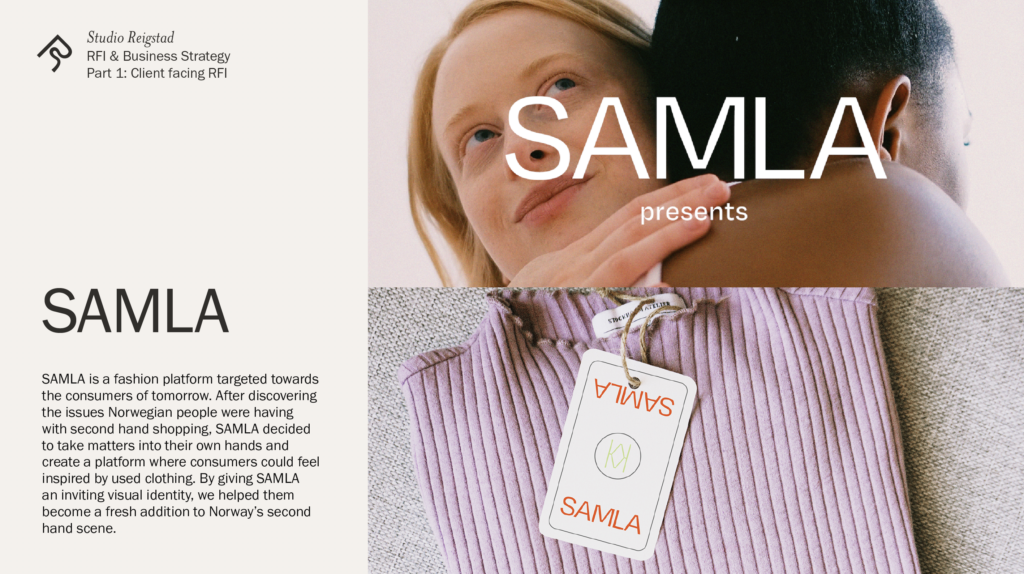
Final result
For my final business plan, I have created a two part document, consisting of a client facing RFI and business strategy. By dividing my document into two parts, I have attempted to demonstrate how I would go about communicating with potential clients, but also the strategy behind the communication. The RFI presents my studio, whilst the business strategy acts as a personal guide on reaching my goals.
The market and audience analysis shows who I will be targeting and why, whilst the client strategy discusses how I will reach out to, interact with, and maintain my client base. Lastly, the financial strategy shows the reasoning for my portfolio fees, and how the fees contribute to me reaching the financial goals.
The visual design plays on a balance between fluidity and function, as this is something I like to incorporate in my work. The unconventional R also symbolises my USP, which is the development of unique and thought through visual identities. Since the RFI is intended for clients, this is the section I’ve put the most effort into visually. The business strategy would mainly be used by my, and so it’s perhaps more on the functional side than the aesthetic.
In conclusion
This week started out interesting with two insightful lectures, and it was inspiring to learn about Studio Makgill’s journey. The Futur video also provided me with great insights on working with clients, particularly in terms of communication. Unfortunately, the readings this week was not working technically, and thus I was left to find research on my own. Luckily, Shel Perkins’ guide acted as a great foundation, and by adopting the major key points from the guide into my own structure, I think I’ve been able to write a clear business plan, which showcases my plan for dealing with clients and finances in my hypothetical studio.
Since this week’s task was quite comprehensive, I didn’t feel as if I had enough time to do a thorough discovery phase before starting my business plan. Had I done so, I might have come up with a more interesting concept and structure for my final document, and looking back I probably should have done more research before starting. However, I still think my final document communicates my goals and plan on how to achieve them in a clear way. Wether or not the plan is realistic is harder for me to say, as I do not have much experience with business.
Two key points I would have liked to develop further this week are tone of voice and visual identity. I think the document looks nice and sounds good, but it’s lacking a clear and unique concept. By focusing more on concept development, I think I could have made a business plan that would have been more unique and clever. I also would have liked to take my visual identity one step further, perhaps by making icons inspired by the shapes of the R, and by creating a more varied set of custom illustrations for my RFI.
All in all I have learned a lot about business over the last couple of weeks, and reflecting upon what my hypothetical studio would be has also sparked an idea of starting my own studio some day. I would definitely want to gain experience from other studios before doing so, but it’s been fun to discover the option and to learn more about what it would take to venture out on my own.
REFERENCES:
Benedicte H. Tandsæther-Andersen (2019) ‘The cultural and creative industries — one of the world’s most rapidly growing economic sectors’, Medium, 19 August. Available at: https://medium.com/startup-norway/the-cultural-and-creative-industries-one-of-the-worlds-most-rapidly-growing-economic-sectors-7ff15cc44bcb (Accessed: 21 June 2021).
Design Council (2018) The Design Economy 2018: The state of design in the UK. Design Council. Available at: https://www.designcouncil.org.uk/sites/default/files/asset/document/Design_Economy_2018_exec_summary.pdf (Accessed: 21 June 2021).
Dribble (2019) ‘Dribble Global Design Survey’, Dribble. Available at: https://dribbble.com/global-design-survey-2019?utm_source=blog (Accessed: 21 June 2021).
Grafill (2020) ‘Resultat fra lønnsundersøkelse i kreativ bransje’, Grafill, 28 August. Available at: https://www.grafill.no/nyheter/inntektsundersokelse-kreativ-bransje (Accessed: 23 June 2021).
Jessica Wynne Lockhart (2021) ‘Food and Beverage Industry Trends 2021’, Shopify, 7 May. Available at: https://www.shopify.com/enterprise/food-and-beverage-industry-trends (Accessed: 21 June 2021).
NHO (2018) ‘Fremtidens næringsliv’, NHO. Available at: https://www.nho.no/publikasjoner/p/naringslivets-perspektivmelding/fremtidens-naringsliv/ (Accessed: 21 June 2021).
Shel Perkins (2005) ‘Business Planning: Part One’, AIGA, 5 November. Available at: https://www.aiga.org/resources/business-planning-part-one (Accessed: 23 June 2021).
Stuart Tolley, Emma Herverson, and Lucy Warburton (2021) ‘Podcast: Stuart Tolley (Transmission), Emma Herverson (White Lion Publishing), Lucy Warburton (Freelance)’. Canvas Falmouth Flexible [online], 18 June.
Stuart Tolley and Hamish Makgill (2021) ‘Interview: Hamish Makgill – Creative Director and Founder, Studio Makgill’. Canvas Falmouth Flexible [online], 18 June.
The Futur (2021) The Client Is Not Your Enemy: Redefining Your Client Relationship. Available at: https://www.youtube.com/watch?v=k22HKpzDMg4 (Accessed: 20 June 2021).
LIST OF FIGURES:
Figure 1. TRANSMISSION. Ca. 2018-2020. Build+Become. Transmission [online]. Available at: http://www.transmission.design/work/quarto-publishing/
Figure 2. MAKGILL. Ca. 2016-2019. G.F. Smiths: Make book. Studio Makgill [online]. Available at: https://www.studiomakgill.com/g-f-smith-exhibitions/
Figure 3-4: Ingrid REIGSTAD. 2021. Business plan identity. Private collection: Ingrid Reigstad.
Figure 5: Ingrid REIGSTAD. 2021. Business plan slide. Private collection: Ingrid Reigstad.
Figure 6: Ingrid REIGSTAD. 2021. Business plan slide. Private collection: Ingrid Reigstad.
Figure 7: Ingrid REIGSTAD. 2021. Business plan slide. Private collection: Ingrid Reigstad.
Figure 8: Ingrid REIGSTAD. 2021. Business plan slide. Private collection: Ingrid Reigstad.

